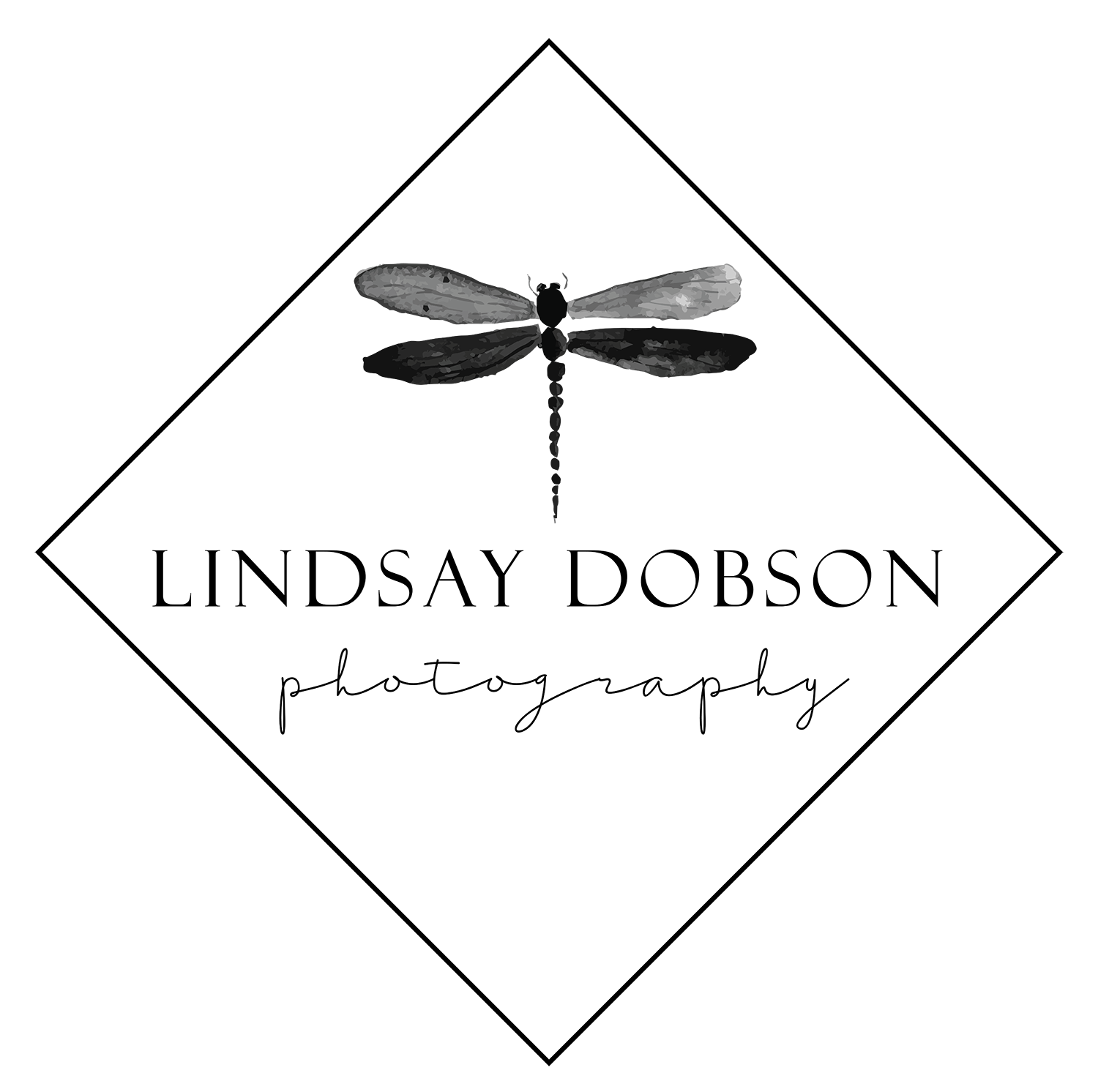Red Panda | Endangered Wildlife Photography Sussex
If you’re reading this then you’ll understand that photography is vital as a documentary medium. Without it we’d have no newspapers, no magazines, and very little learning material. We rely on photography for so many things in our day-to-day lives. Without it we wouldn’t know about the many animal species which are declining and in some cases facing extinction. Without dedicated breeding programmes many species would be gone forever.
Red Pandas are endangered and it’s thought there are less than 10,000 in the wild. Their numbers have fallen due to poaching and loss of habitat resulting from deforestation, which is a primary cause of species endangerment. Humans have a great deal to answer for. The vast majority of us will only ever see these animals in reserves and specialist zoos.
These beautiful little creatures grow up to 25 inches in length, with their tails adding another 20 inches or so to their size. They can weigh up to 20 pounds. To give you an idea of overall size, they would be broadly similar to a large raccoon. Their thick reddish-brown lustrous pelts are prized - particularly so in China. Many have been captured and sold to zoos and in some parts of the world they’ve even been taken as pets. Natively, these creatures are found in China, Tibet, Nepal and Burma. They’re mostly nocturnal and their preferred food is bamboo - specifically the shoots. In terms of their social behaviour they mostly exist alone and they live for around 10 years.
Despite being rare and endangered, they’re fairly common in zoos. Most Red Panda breeding programmes appear to be successful. But is the red Panda an actual panda? When we think of pandas we usually think of the Giant Panda, however the Red Panda isn’t closely related to these animals. Although it has physical similarities, it isn’t a raccoon either, although it is related to them. It belongs to the family Musteloidia. Despite searching I found it pretty much impossible to find clarity on Red Pandas, which may explain why they were given their own unique classification of Ailuridae.
Size & weight
With a body of up to 25 inches, the tail adds up to a further 23 inches. Red Pandas can weigh up to 20 lbs
Although these gorgeous animals aren’t hard to find in zoos, they’re not particularly easy to photograph. They’re not very big, they don’t move much, and they hide in trees (often high up). They tend to rest during the day and are more active at night. All of that makes it quite challenging to get pictures of them. This is definitely one scenario where a long telephoto lens is your friend. And luck, of course.
I’ve learnt a lot about animals simply from being a photographer. How? Well, in a zoo we may not be particularly close to the creatures and it can be hard to appreciate the details which make each animal so important and distinct. The great thing about photography is that when you come home and load the pictures up to the computer you can start to look at the animal’s morphology and physical characteristics. When I looked closely at my Red Panda photos I was able to see the kind of teeth they have and how dexterous they are, despite having such large paws. Their fingernails are also very impressive - they are climbers after all. In a photograph the markings on their coats also become more distinct.
When I looked at the close-up photograph above, I was reminded that from my vantage point (with just my eyes) I would only have seen a small and fairly distant silhouette. However we can use our telephoto lenses like telescopes. We can zoom in, and in this case increase the exposure compensation to make up for the backlighting. We then have a really good view of the animal - poles apart from the view we would have had otherwise.
A little while ago I wrote an article where I’ve shared some hints and tips on photographing captive animals: how to photograph animals in a zoo


